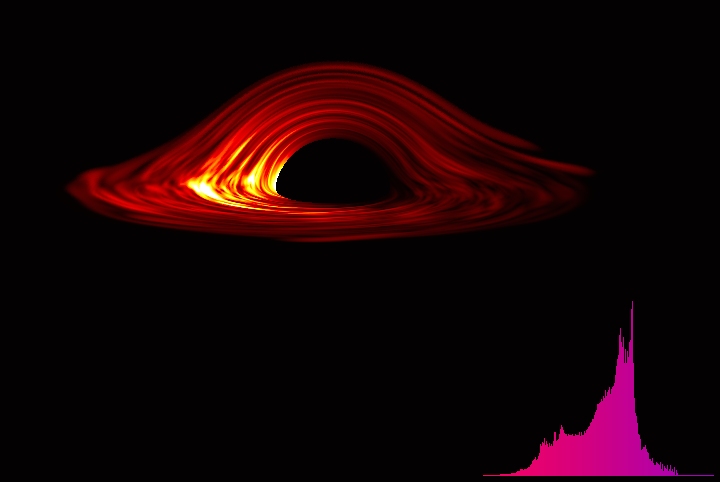Daily Image
28-04-2011Today's colloquium: Time variability and X-ray spectra: probe of the inner accretion disc in compact objects (Mariano Mendez, University of Groningen)
| Submitter: | Valeriu Tudose |
| Description: | The expected timescale of variability close to the surface of a neutron star, or the event horizon of a black hole, is of the order of 1 to 10 milliseconds. The discovery of the quasi-periodic oscillations (QPOs) on those time scales both in systems harboring a neutron star or a black hole in X-ray binary systems provided direct access to the dynamics of matter in the vicinity of these objects. These QPOs were immediately recognized as a powerful tool to probe the properties of the gravitational field in a regime where strong GR effects dominate the dynamics of the accretion flow, as well as to study the neutron-star interior. After 15 years of observations with the Rossi X-ray Timing Explorer, we have collected a wealth of data on these QPOs, and a number of patterns have emerged, including correlations of the QPO properties with properties of other types of variability and source parameters (e.g., energy spectra or neutron-star spin). Nevertheless, the mechanism that produces these QPOs remains elusive. While several models have been proposed, none of them can consistently explain the richness of this phenomenon. Perhaps the most outstanding question that remains is whether these QPOs reflect the Keplerian, or other General-Relativistic, frequency when mass orbiting in an accretion disc plunges onto the neutron-star surface. There are two promising avenues to explore this question: Energy-dependent time lags and simultaneous measurements of kHz QPOs and broad iron lines. In this talk I will discuss these two possibilities in light of the capabilities of current and future X-ray missions. |
| Copyright: | Phil Armitage |
| Tweet |  |
